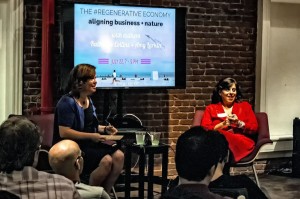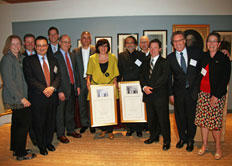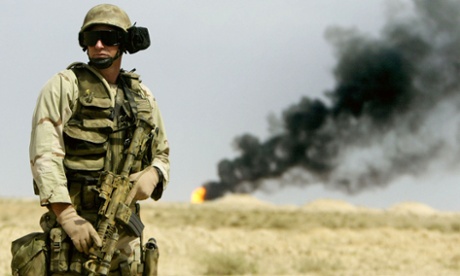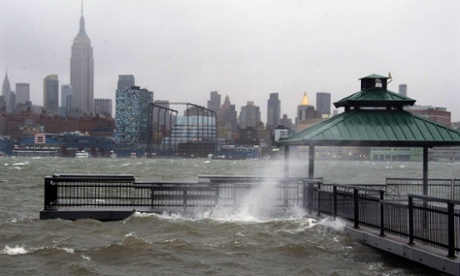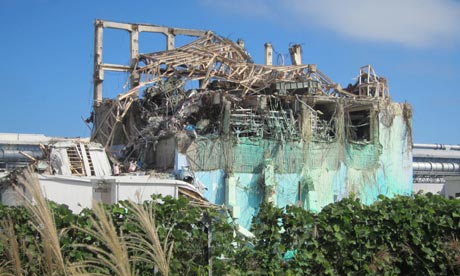Biomimicry Lessons for Business on Triple Pundit
This article featuring Amy’s recent talk at a BiomimicryNYC event was originally published on Triple Pundit by Raz Godelnik:
How do we create a better future? How do we redesign our economic system to be more sustainable?
Exploring these and similar questions, a growing number of people look for inspiration from the greatest lab of all: Nature. This type of exploration already has a name (biomimicry), definition (“an innovation method that seeks sustainable solutions by emulating nature’s time-tested patterns and strategies”) and even an inspiring visionary leading the way (Janine Benyus).
It also has a growing number of followers, as I could see last week at an event titled “Biomimicry + the Regenerative Economy.” Organized by BiomimicryNYC, a network dedicated to fostering a community of nature-inspired practice in the New York City metro region, it took place at Impact Hub NYC with more than 100 attendees who came to learn more about aligning business with nature from two experts in this field: Amy Larkin and Katherine Collins.
… Amy Larkin, founder of Nature Means Business and author of “Environmental Debt: The Hidden Costs of a Changing Global Economy,” was the first to go on stage. One of the main topics she focused on was harmonizing the laws of business with the laws of nature…
Read the rest of the article here.

